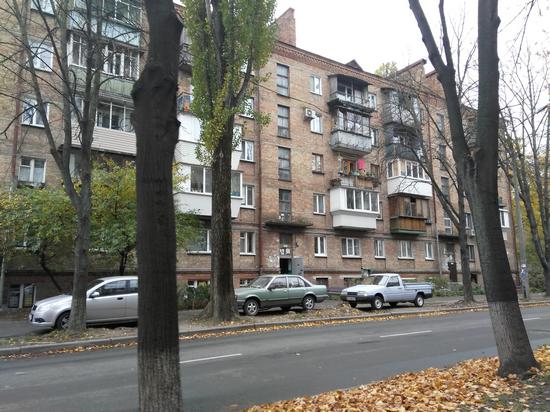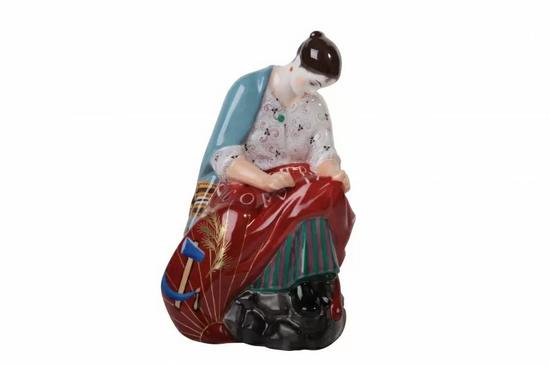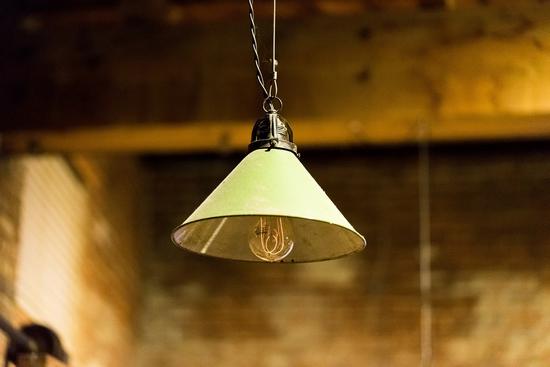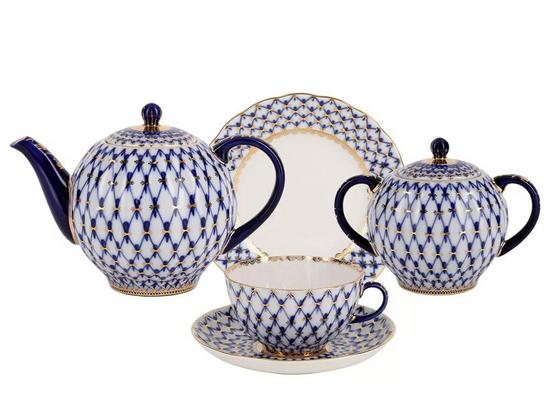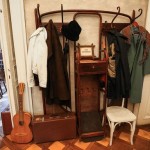21
Soviet-era as inspiration for your interior design
No comments · Posted by Alex Smirnov in Overview
Let’s dive into the image
Your task is to learn how to make hints and half hints with the help of well-chosen details. Indeed, as practice shows, it is not direct “quotes” that look much more spectacular, but allusions. And the main characteristic features of the Soviet design past today have become obvious (even international) trends.
Advice: Use the obvious references to the Soviet era – do it carefully and dosed. Otherwise, your story will completely turn into decorative kitsch. Which is good for a stylized restaurant, but not quite suitable for a residential setting.
Small square footage is not a reason for sadness
Yes, it is in small apartments that the Soviet style will come in handy.
The houses with small apartments built according to the principles of Le Corbusier, among Soviet people called “Khrushchyovka”, became the most massive Soviet buildings in the middle of the last century. Back then, small apartments were an excellent alternative to communal apartments and the dream of almost any Soviet citizen. By the way, one of the founders of panel construction in the USSR was the architect Vitaly Lagutenko.
So, at that time, the idea of single living space was very popular: a living room combined with a dining room and a kitchen, or even a laundry area (this led not only to the idea of a commune but also to saving window openings: in a single space there was enough sunlight for every corner apartments). Le Corbusier’s principles were followed not only in architecture but also in the interior layouts of housing.
By the way, today some foreign designers are actively using this method of organizing space in hotels, placing open baths next to the bed, not far from a small work desk and next to the bar area. And I must say, it works well. Both visually and functionally.
Choose furniture with meaning
Interior items in the spirit of typical Soviet apartments, perhaps, do not evoke pleasant romantic associations, but in vain. Advanced designers have long been noticed in the hunt for rarities of those times.
High-quality furniture, especially from pre-war times, can be easily updated: wooden parts can be carefully plastered and covered with stain and varnish, and instead of dilapidated textiles, new fabrics can be used (many well-known textile brands have recently appeared beautiful fabric collections in the spirit of the 1960s).
Or if you can’t find such pieces in the vintage stores, you can find furniture that resembles Soviet Era design. NYFO can be a perfect place where you will find such furniture pieces.
Architecture that helps decor
Membrane shells, cable-stayed structures, space-pivot structures, characteristic of the period of constructivism, are reflected in the interiors as well. Designers, as one, today give preference to the visual and actual lightness of materials, naked and collapsible structures, airiness and transparency of space, outlines, and contours in object design. Plywood has become a new “old” fashionable material, frame items – the main hit of not the first season.
Experimenting with color
Try to use the advice of Rodchenko. Hang avant-garde graphics or paintings in the spirit of Suprematism on the walls, and paint furniture (and you can even partially walls) in total monochrome tones. Believe me, this will definitely not harm your interior, but it will add new bright colors and set a rhythm for the entire space.
The best decor elements are porcelain propaganda figurines or boxes that were once produced by the famous Leningrad Porcelain Factory (however, figurines of animals are also suitable for reproducing the Soviet interior of the middle of the last century – once on chests of drawers or a piano with porcelain elephants or monkeys were exhibited with pride).
Dig in the mezzanine for old bakelite lamps, telephones or watches. Such items perfectly reflect the style of the Soviet era.
And do not forget about the “Ilyich light bulbs”. What once considered a sign of poverty (not every citizen had the opportunity to purchase at least some kind of lampshade, and the lampshade itself was often simply not on sale) is now a trend. Almost all self-respecting manufacturers of lamps for several years in a row have been producing models with nothing decorated, “naked” bulbs.
Cobalt netting as a decoration is also one of the signs of the times. In 1946, it was invented for the LFZ tea service in memory of the siege windows of Leningrad. But today, designers have slightly rethought this ornament and transferred it from small plastic to larger objects, without breaking, nevertheless, the associative array.
Change minus to plus
Sometimes, some of the disadvantages of the interior (lack of finances, lack of necessary building materials) can be brought to such an extent that they become advantages and even are recognized as an original decorating move. So why not play a little hooligan in the interior?
Remember how once the wallpaper was pasted on old newspapers, or even pasted over with clippings from magazines or shabby posters, dilapidated walls. As the designers say, the newspapers themselves decorate the space just as well. And after just a month or two, such wall decoration will remind you of the events of the past and will become an excellent memory training – remember the past through news headlines and cultural notes. You can even make thematic interiors: for example, music sheets will look good in a music living room.
The same applies to the small-format tile walls and once-popular glass blocks. By the way, their wide presence in the interior only contributes to the greater penetration of daylight into the apartment. And, besides, glass blocks (or glass bricks) retain heat well and isolate sound, which is extremely important for standard modern panel houses.
There are many options to reproduce the Soviet style to one degree or another – the main thing is to respect traditions, show imagination and not be afraid of bold experiments.
Tags: No tags
You might also like:
<< Aircraft Cemetery in Poltava, Ukraine

